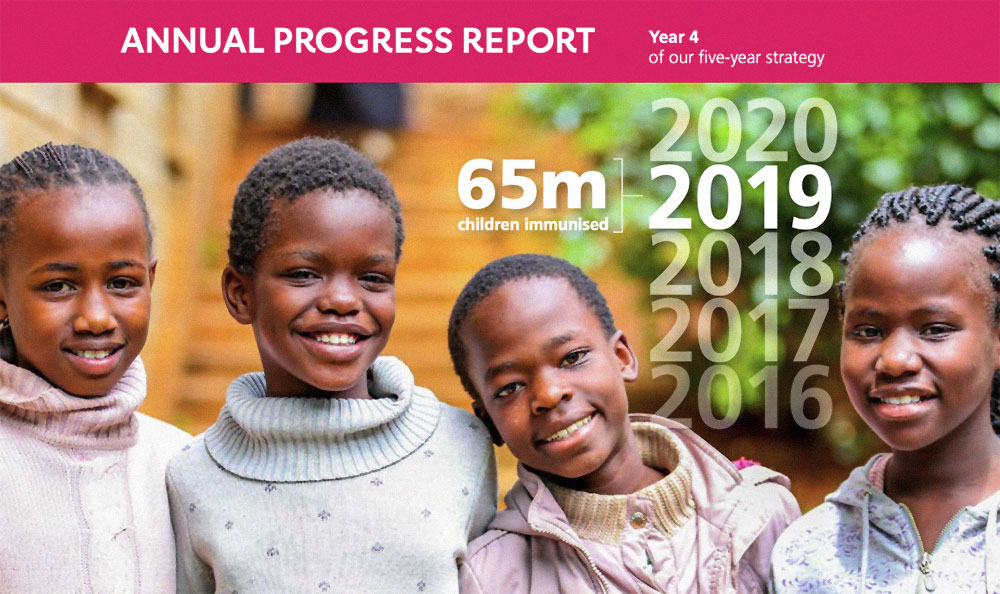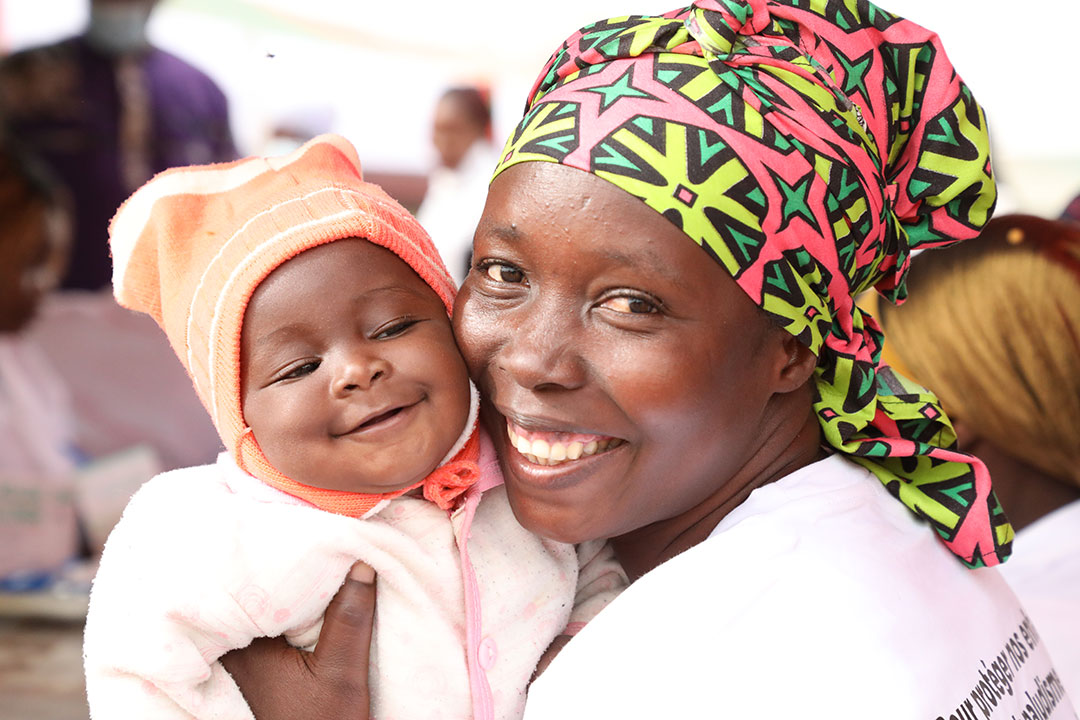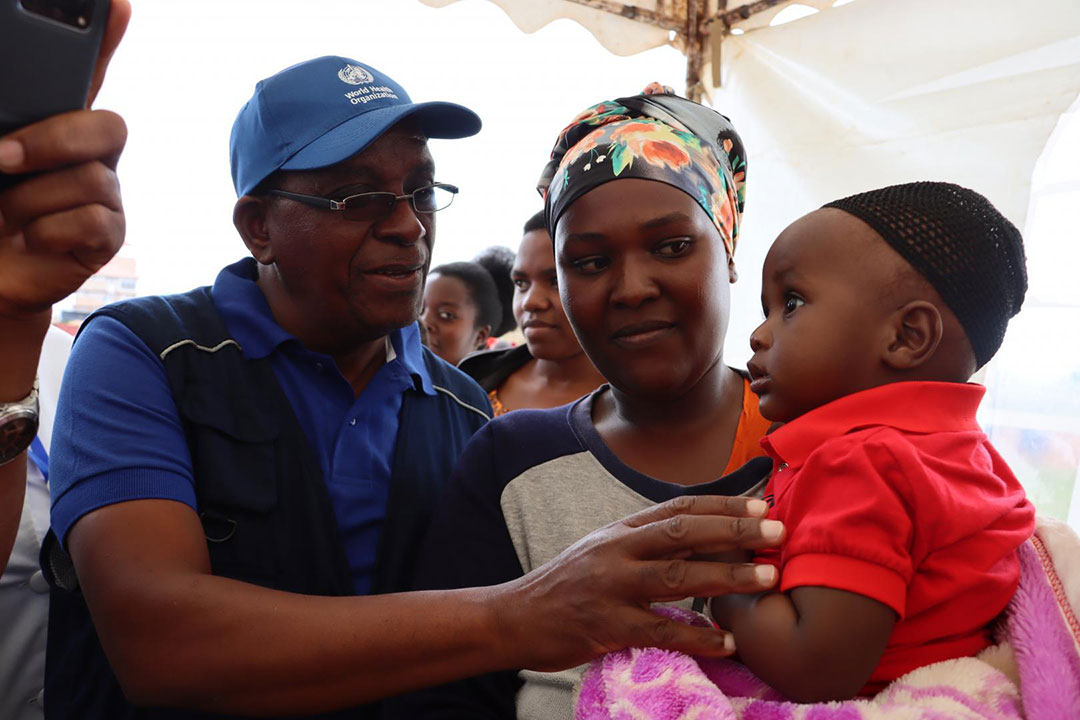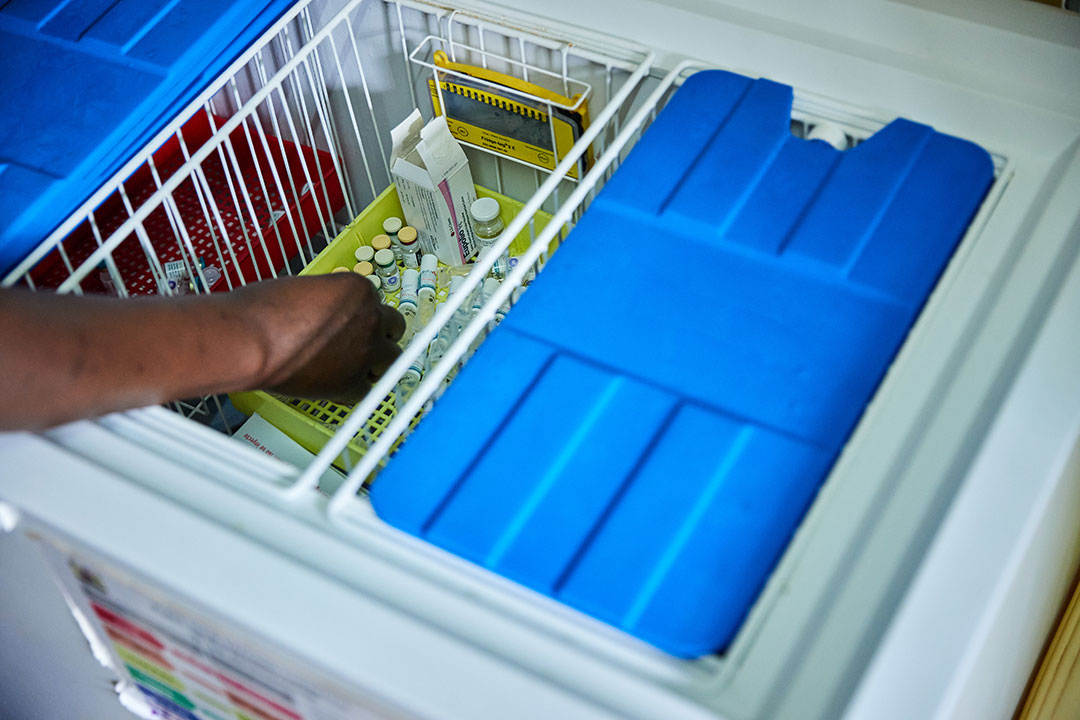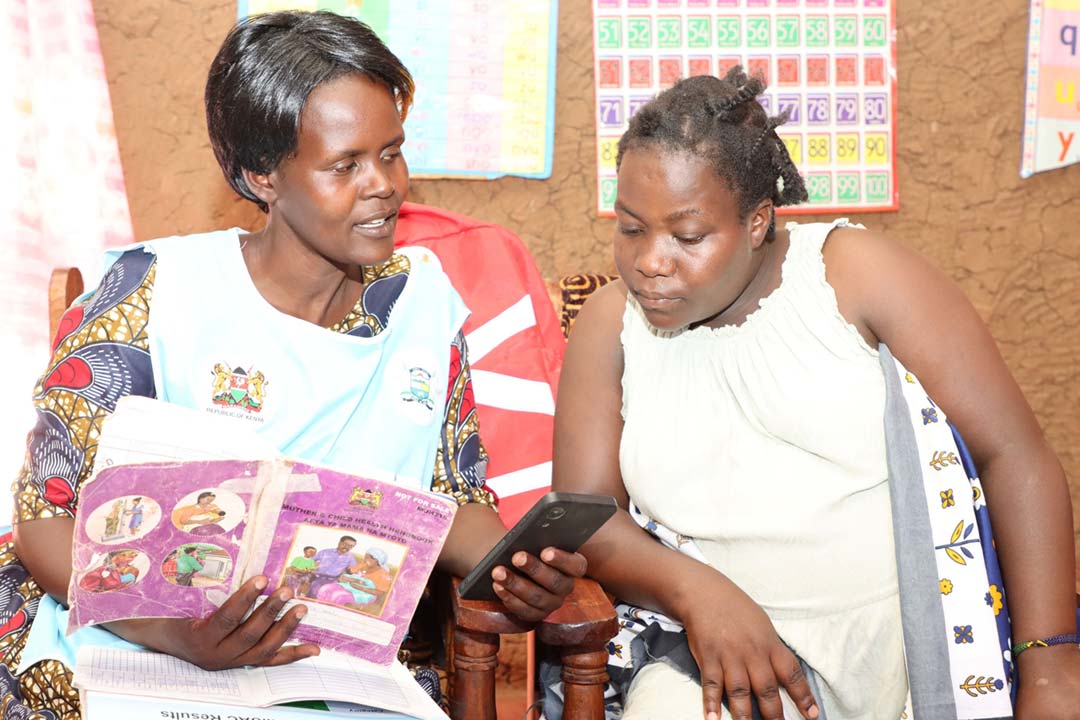Why vaccines?
Vaccines are the best tools yet invented to prevent child deaths and protect people’s health. Gavi funding for access to vaccines has protected a generation of children growing up in lower-income countries. Gavi funds twin approaches to immunisation: routine and campaigns. Both are essential tools to prevent child deaths and to change lives.
- 18 September 2020
- 3 min read
- by Gavi Staff

Routine immunisation
![]()
Vaccination campaigns
![]()
Vaccine introductions
![]()
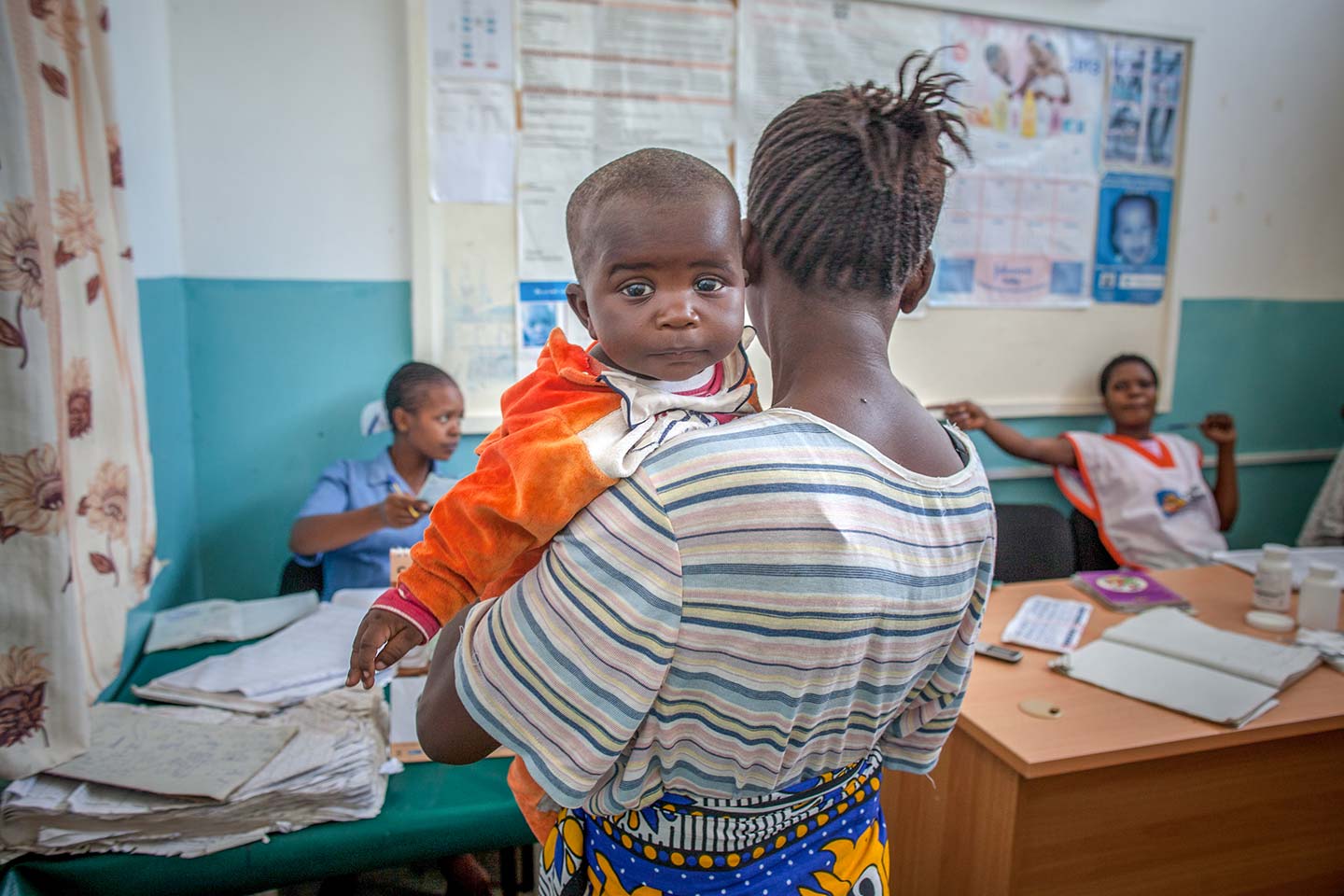
Routine immunisation
This is the core of every national vaccination programme, as well as the foundation on which primary health systems are built. Most of the vaccines Gavi supports are for countries to use through their routine immunisation system. They enable countries to protect children against a range of diseases according to a fixed schedule, and to help ensure regular contact between children and their families and the health system. Of the 65 million unique children immunised with Gavi support in 2019, each child is protected against approximately seven infectious diseases. Today, more than four in five children in Gavi-supported countries receive routine immunisations.
Vaccination campaigns
Campaigns are the second pillar of Gavi’s vaccine support. Some vaccines for outbreak-prone diseases are not currently part of routine immunisation programmes. Instead, they are given to curb the spread of outbreaks of infectious diseases such as cholera, Ebola or certain meningococcal meningitis strains. Other vaccines are given in a “catch-up” campaign when they are first introduced into the routine programme, to quickly bolster population-level immunity, and to allow individuals to benefit from a vaccine when it is made available in a country for the first time (even if they are beyond the normal age for routine vaccination). In other cases, periodic planned preventive campaigns are conducted to close immunity gaps due to inadequate routine immunisation coverage.
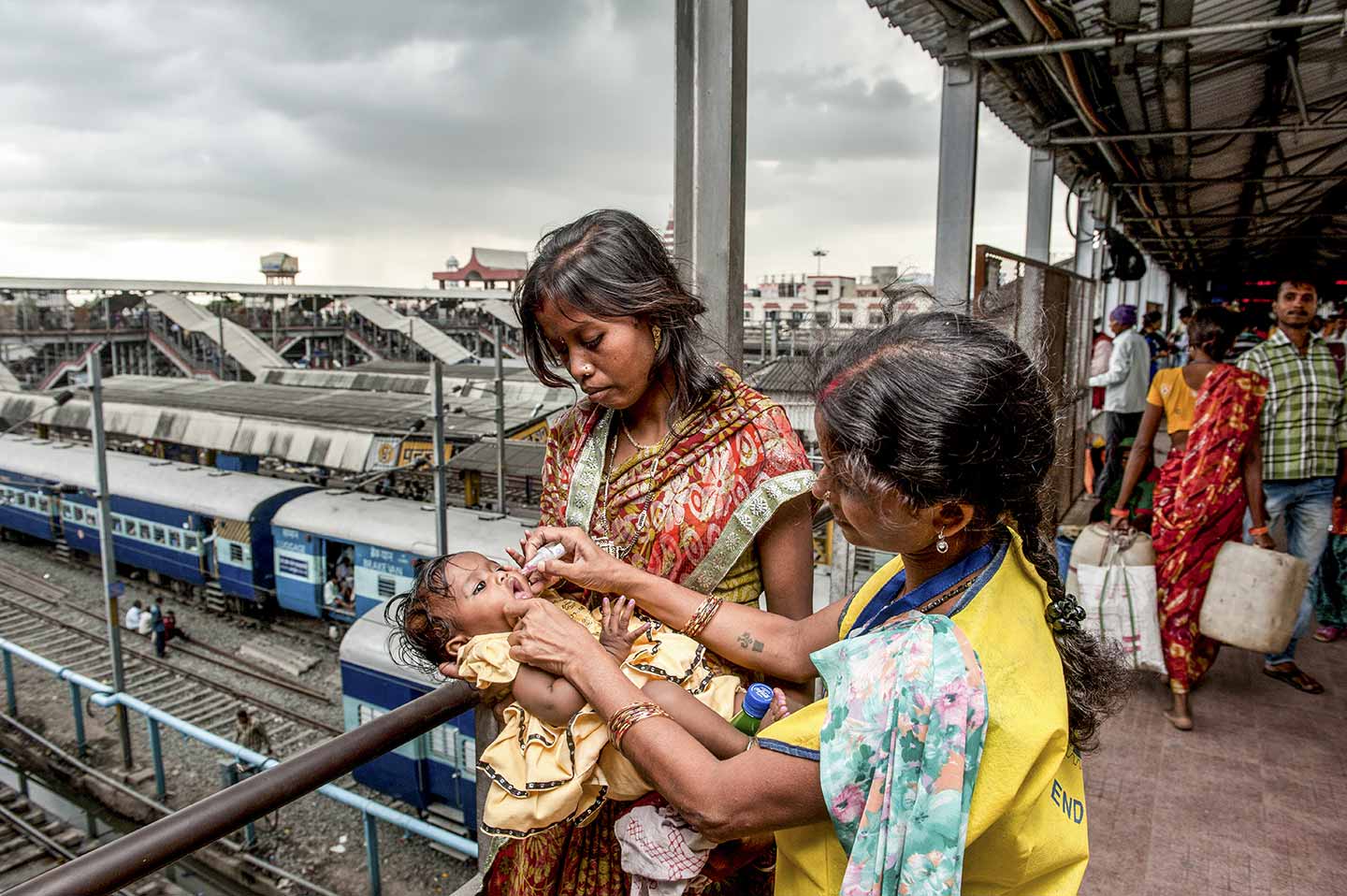
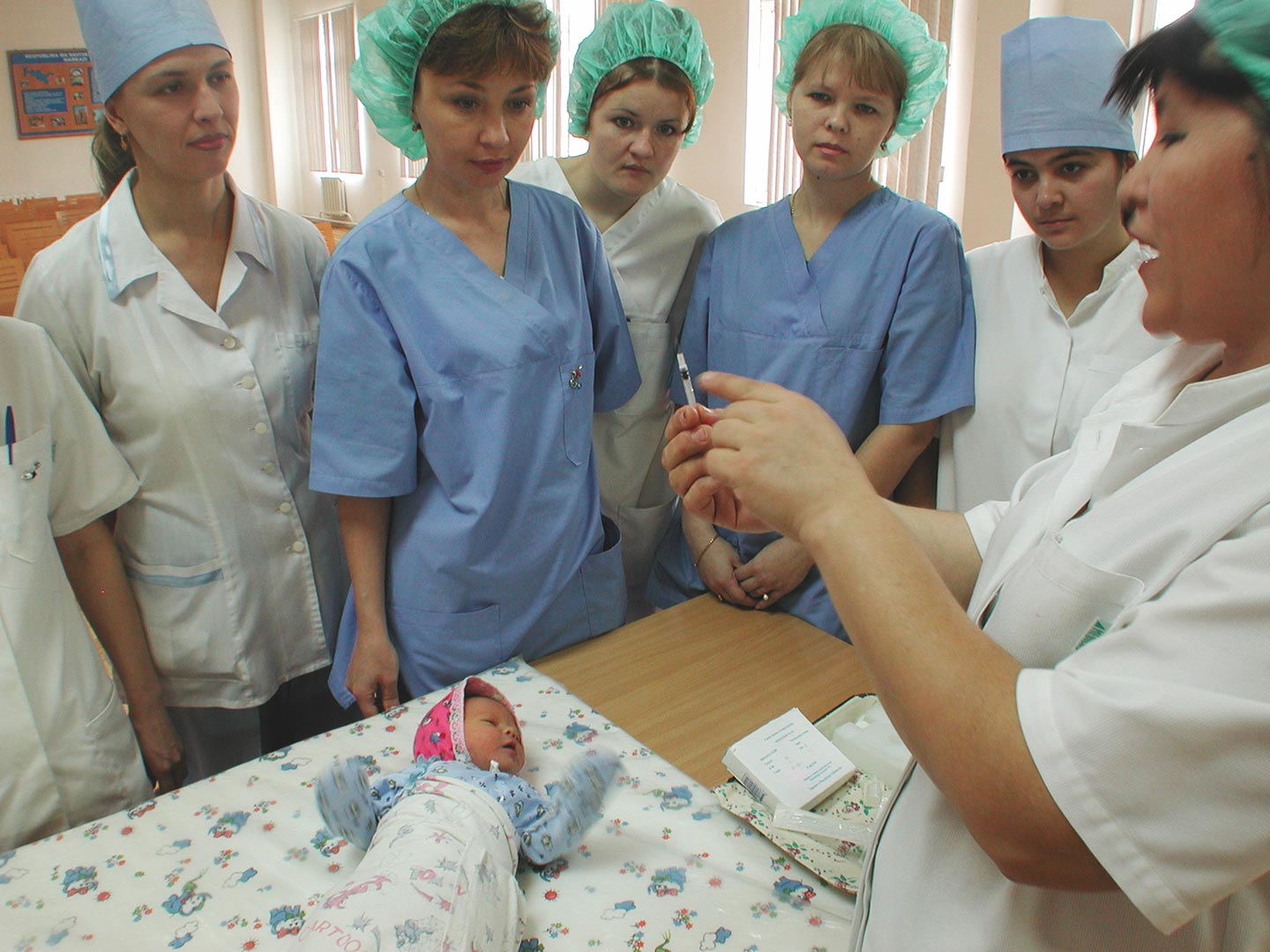
Vaccine introductions
Every year, countries introduce new vaccines through a vital process of national planning, with input and support from the Vaccine Alliance. Bringing in a new vaccine to a country adds complexity for the health system, including logistical, administrative and management challenges. The cold chain capacity must be adequate to meet the needs of an additional vaccine; health workers need to be trained to administer it; and managers need to ensure that sufficient doses, staff and other resources are available. This year, 60 vaccine introductions and campaigns took place with Gavi support. This was up 14 from 2018 and exceeded the target of 56 for 2019.
Read more about how Gavi has accelerated equitable uptake and coverage of vaccines in Gavi’s 2019 Annual Progress Report.
More from Gavi Staff
Recommended for you


